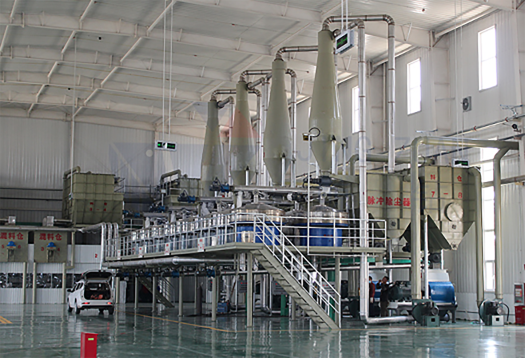
Oct . 02, 2024 11:34 Back to list
Understanding the Solubility Characteristics of Hydroxyethyl Cellulose in Various Solvents
Understanding Hydroxyethyl Cellulose Solubility
Hydroxyethyl cellulose (HEC) is a non-ionic, water-soluble polymer derived from cellulose, a natural polymer obtained from plant cell walls. HEC is widely used in a variety of applications including pharmaceuticals, cosmetics, food, and industrial products due to its excellent rheological properties, such as viscosity modification, film-forming abilities, and its ability to stabilize emulsions. One of the pivotal characteristics of HEC is its solubility, which plays a critical role in its functionality across these diverse applications.
Chemical Structure and Properties
HEC is synthesized by the etherification of cellulose with ethylene oxide, which introduces hydroxyethyl groups into the cellulose backbone. The resulting structure provides HEC with unique properties that are influenced by several factors including the degree of substitution (DS) and molecular weight. The degree of substitution refers to the average number of hydroxyethyl groups per anhydroglucose unit in the cellulose chain. Higher degrees of substitution typically lead to improved solubility.
The molecular weight of HEC can also affect its solubility. Generally, lower molecular weight HEC is more soluble in water compared to higher molecular weight counterparts. However, the relationship between molecular weight and solubility may not be linear across all conditions, and specific formulations can behave differently.
Solubility Characteristics
HEC is primarily soluble in cold and hot water, forming a viscous and stable solution. Its solubility is influenced by the pH of the solution, temperature, and the ionic strength. At neutral pH, HEC tends to exhibit good solubility, making it suitable for a wide range of formulations. However, in very acidic or very alkaline conditions, HEC might not dissolve as effectively.
hydroxyethyl cellulose solubility

Temperature plays a crucial role in the solubility of HEC. Generally, heating water can increase the dissolving capacity of HEC; thus, it is often recommended to add HEC to warm water and stir vigorously to achieve full solubility. Furthermore, the presence of salts or electrolytes in a solution can also influence HEC’s solubility. High ionic strength solutions can lead to decreased solubility due to the screening effect of ions.
Applications Leveraging Solubility
The solubility of HEC is exploited in various industries. In the pharmaceutical industry, HEC is used as a thickening agent in gels and as a binder in tablets. Its ability to form a gel-like structure in water provides a useful means for controlled drug release, enhancing the effectiveness of active pharmaceutical ingredients.
In cosmetics, HEC serves as a thickener and stabilizer in creams, lotions, and shampoos. Its high water retention capacity prevents dryness and ensures a pleasing texture, which is vital for consumer acceptance. Moreover, its film-forming properties contribute to the durability of cosmetic applications, ensuring that products maintain their efficacy over time.
In the food industry, HEC is recognized as a food additive, serving as a bulking agent and stabilizer for various products. Its solubility in water allows it to improve the texture and mouthfeel of items such as sauces, dressings, and processed foods.
Conclusion
The solubility of hydroxyethyl cellulose is a fundamental property that defines its utility across multiple industries. By understanding the factors that influence its solubility, formulators can better harness its properties to create effective and innovative products. As research continues to explore the functionalities of HEC, its applications are anticipated to expand even further, emphasizing the importance of solubility in its ongoing development and use. Whether in pharmaceuticals, cosmetics, or food products, HEC remains a critical component thanks to its versatile solubility and functional characteristics.
-
Versatile Hpmc Uses in Different Industries
NewsJun.19,2025
-
Redispersible Powder's Role in Enhancing Durability of Construction Products
NewsJun.19,2025
-
Hydroxyethyl Cellulose Applications Driving Green Industrial Processes
NewsJun.19,2025
-
Exploring Different Redispersible Polymer Powder
NewsJun.19,2025
-
Choosing the Right Mortar Bonding Agent
NewsJun.19,2025
-
Applications and Significance of China Hpmc in Modern Industries
NewsJun.19,2025







